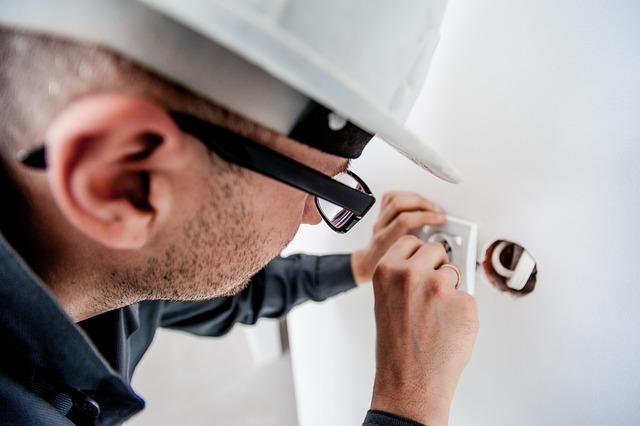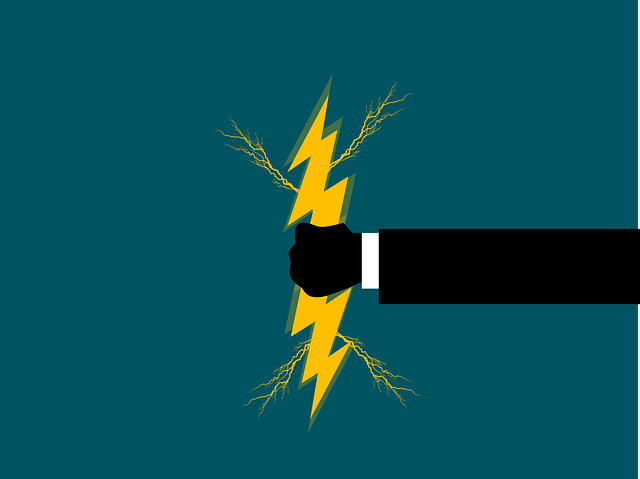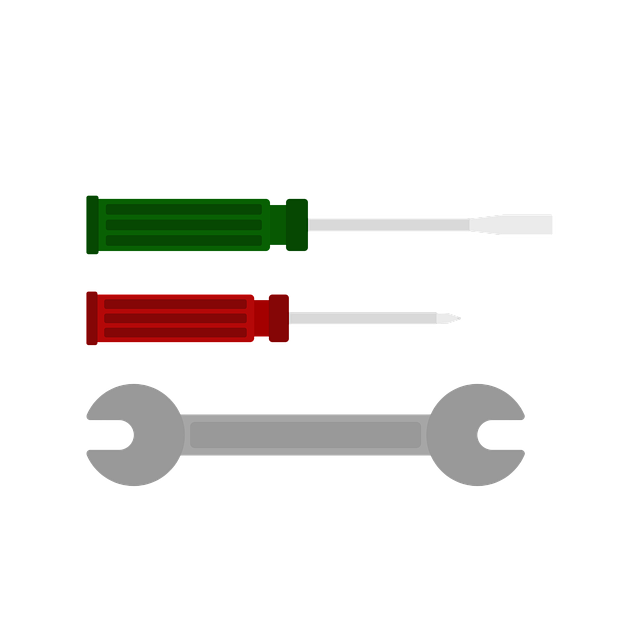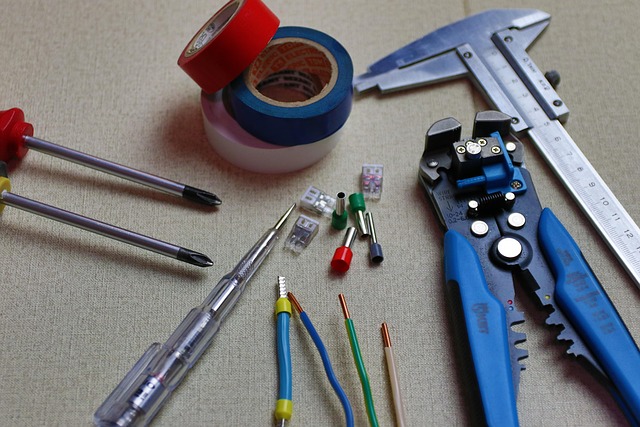Upgrading old electrical systems with modern, energy-efficient technologies is vital for both environmental conservation and cost savings. Electricians play a key role in identifying inefficiencies, providing tailored solutions, and ensuring safe installations of advanced systems like smart thermostats, LED lighting, and renewable energy sources. By partnering with qualified electricians, homeowners can reduce their carbon footprint, lower utility bills, and contribute to combating climate change through widespread adoption of energy-efficient practices.
In today’s eco-conscious world, upgrading old systems to modern energy-efficient standards is no longer an option but a necessity. Many older homes and businesses are equipped with outdated electrical systems that consume excessive energy, leading to higher utility bills and environmental impact. This article delves into the importance of modernization, highlighting why old systems are inefficient and what benefits upgrades can bring. We’ll guide you through identifying areas for improvement, the crucial role of a professional electrician, and a step-by-step approach to implementing energy-saving solutions.
- Understanding the Need for Modernization: Why Old Systems Are Inefficient
- Benefits of Upgrading to Energy-Efficient Standards
- Identifying Areas for Improvement in Your Home or Business
- The Role of a Professional Electrician in Modernization Process
- Step-by-Step Guide: Implementing Energy-Saving Solutions
Understanding the Need for Modernization: Why Old Systems Are Inefficient

In today’s world, where environmental consciousness is on the rise, upgrading old systems to modern energy-efficient standards has become a necessity rather than a choice. Many older homes and buildings boast electrical systems designed decades ago, when energy conservation was not a primary concern. These outdated systems often lack the advanced features and technology that new generations offer, leading to significant inefficiencies.
Electricians play a pivotal role in this transition, as they possess the expertise to identify and rectify these inefficiencies. Old wiring, for instance, may not be capable of handling the increased electrical demands of modern appliances and smart home devices. By investing in upgrades, homeowners not only reduce their carbon footprint but also enjoy lower energy bills and improved safety. A professional electrician can assess the current state of a building’s electrical system and recommend tailored solutions to meet contemporary energy-efficient standards.
Benefits of Upgrading to Energy-Efficient Standards

Upgrading old systems to modern energy-efficient standards offers a multitude of benefits, both for homeowners and the environment. By investing in energy efficiency, you significantly reduce electricity bills, as contemporary appliances and technologies are designed to consume less power while delivering comparable performance. This results in substantial cost savings over time.
Moreover, an electrician can install smart home systems that allow for precise control and monitoring of energy usage. These innovations enable users to make informed decisions about their energy consumption, further enhancing efficiency. On a larger scale, widespread adoption of energy-efficient practices contributes to reduced carbon emissions, mitigating the environmental impact and helping to combat climate change.
Identifying Areas for Improvement in Your Home or Business

Identifying areas for improvement in your home or business is the first step towards upgrading to modern energy-efficient standards. A qualified electrician can help pinpoint specific systems that are outdated or inefficient, such as wiring, heating and cooling mechanisms, or lighting fixtures. They can assess your current setup and provide insights on potential upgrades that align with today’s energy-saving technologies.
By engaging an electrician for a thorough evaluation, you gain valuable knowledge about areas where changes can significantly reduce energy consumption and lower utility bills. This process involves understanding the unique challenges and opportunities presented by your property, ensuring that any modifications are tailored to meet your specific needs while delivering optimal energy efficiency.
The Role of a Professional Electrician in Modernization Process

In the process of upgrading old systems to modern energy-efficient standards, a professional electrician plays a pivotal role. Their expertise is invaluable when it comes to navigating the intricate landscape of electrical systems and ensuring that any modifications are safe, compliant with current regulations, and tailored to the specific needs of the property. An electrician can provide crucial insights on the most effective ways to integrate new, energy-efficient technologies while minimising disruptions to daily life.
With their knowledge and skills, electricians can help homeowners or business owners make informed decisions about replacing outdated components, installing smart home systems, or upgrading insulation and lighting. They are the ones who can handle complex tasks such as wiring upgrades, circuit replacements, and the integration of renewable energy sources like solar panels, thereby significantly contributing to reduced energy consumption and cost savings in the long run.
Step-by-Step Guide: Implementing Energy-Saving Solutions

Implementing energy-saving solutions is a step-by-step process that requires careful planning and expert knowledge, often best handled by a qualified electrician. Start by assessing your current system and identifying areas for improvement. This involves checking electrical wiring, outdated components, and inefficient appliances or lighting fixtures. Once identified, prioritize upgrades based on potential energy savings and cost-effectiveness.
Next, consult with an electrician to develop a tailored plan. They can recommend modern, energy-efficient alternatives such as smart thermostats, LED lighting, or high-efficiency appliances. The electrician will then safely install these updates, ensuring compliance with local regulations and safety standards. Regular maintenance and monitoring post-upgrades are crucial to maximizing energy efficiency and realizing long-term savings.
Upgrading old systems to modern energy-efficient standards is not just an environmental responsibility but also a strategic decision for your home or business. By following the steps outlined in this article, from understanding the need for modernization to implementing energy-saving solutions, you can significantly reduce energy consumption and lower costs. Remember that a professional electrician plays a crucial role in this process, ensuring safety and effectiveness every step of the way. Take a dive into these insights and begin navigating towards a more sustainable future today.
